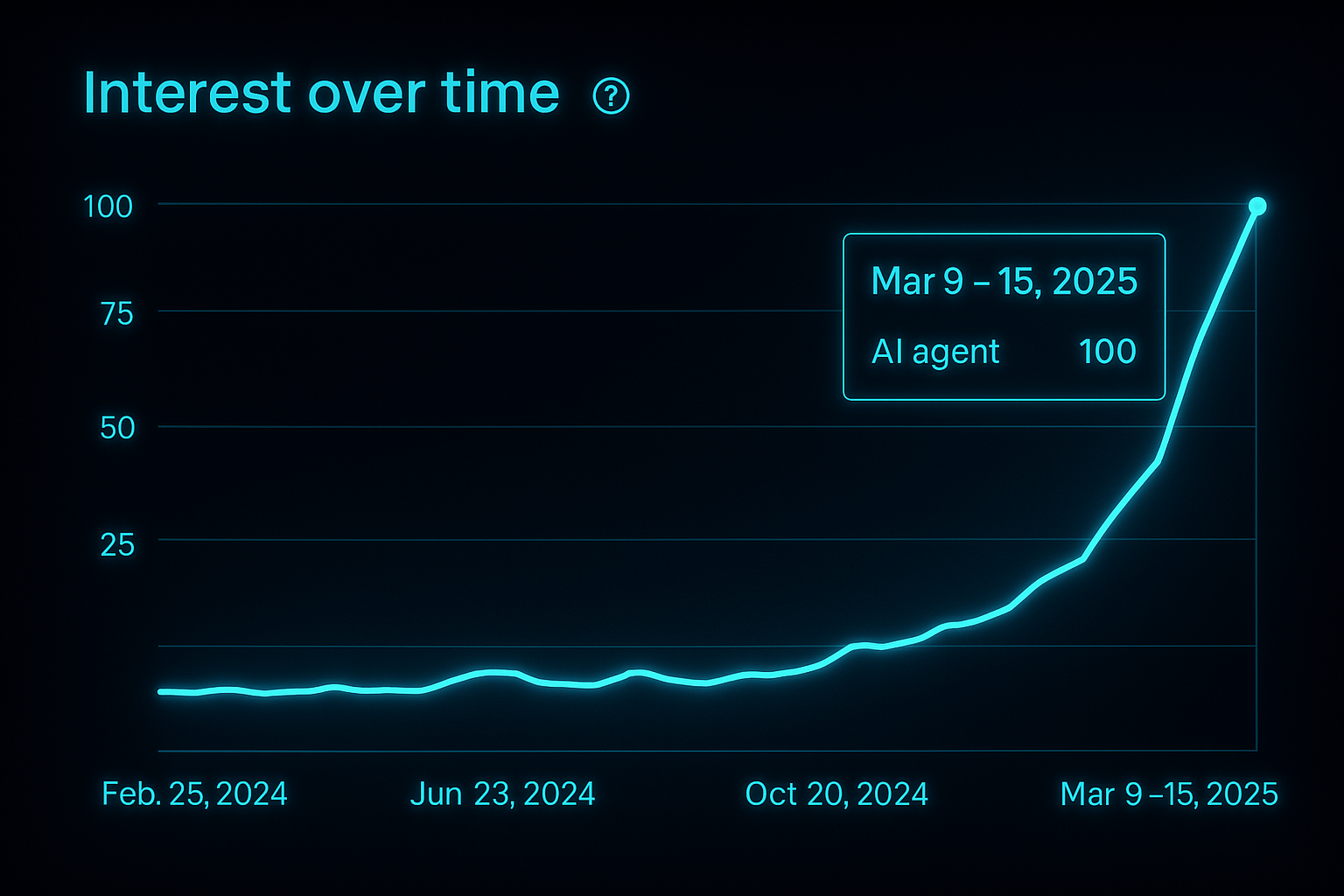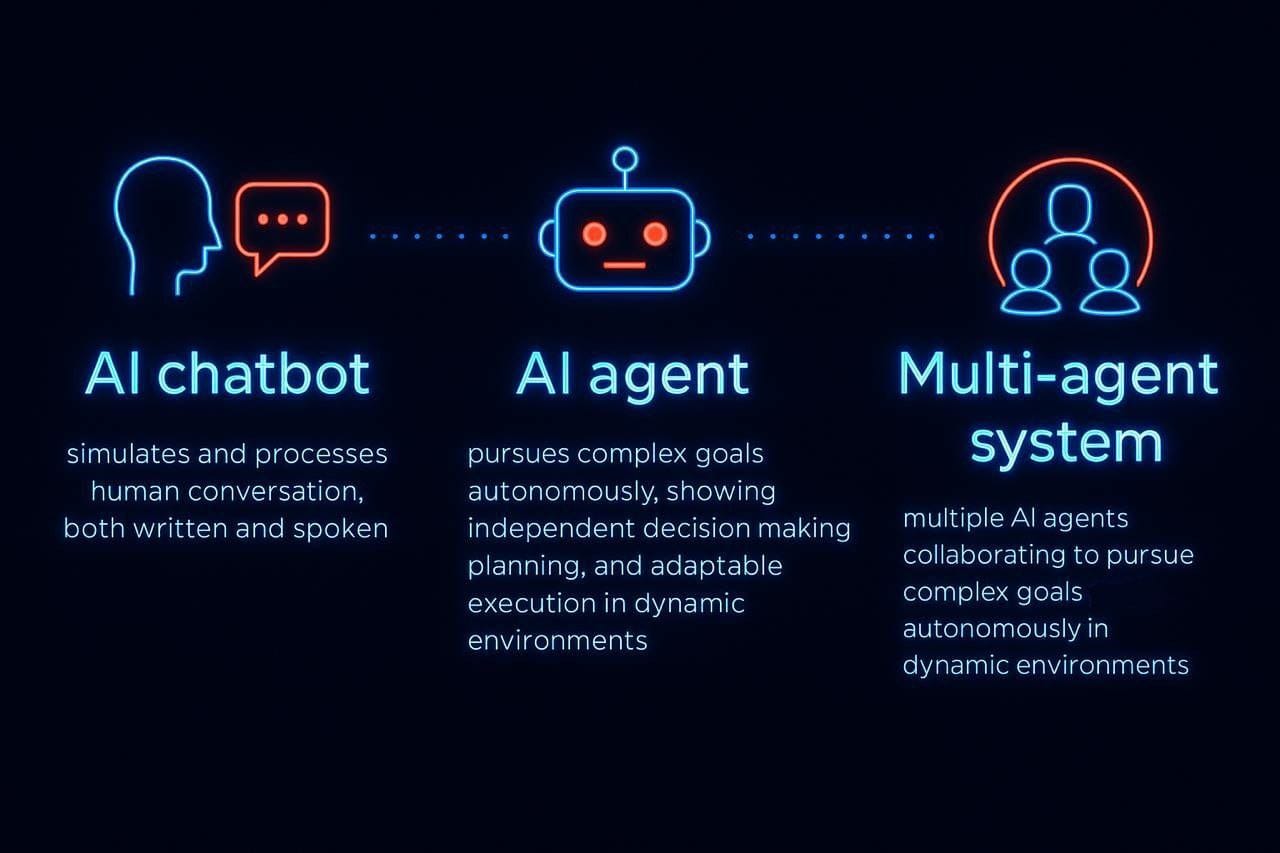About AI Agents

An AI agent is a system that acts autonomously, solving tasks with minimal human input. It follows a structured process:
- Understanding instructions. Users give commands in natural language, like talking to a colleague. The system asks for details if needed.
- Task planning. The agent breaks the work into smaller steps and assigns them to specialized sub-agents.
- Execution. Sub-agents use their expertise to complete each task efficiently.
- Refinement. AI iterates on its output, improving accuracy based on user feedback.
Thanks to AI agents, there’s no need to waste time on routine tasks:
- Analysts quickly find necessary data without writing SQL queries.
- Software development speeds up with AI-generated code, automated pull request reviews, and bug detection.
- Workflows become more efficient by integrating AI with CRM systems, calendars, and messengers.

Building AI Agents with n8n
I discovered n8n in the first week of January this year. I saw a guy on YouTube just connecting a group of nodes—without any coding—and boom! He had a Telegram bot that scheduled meetings, wrote and sent emails, and even understood voice messages. I was amazed. That’s when I realized that I wanted to explore this technology further and see how it could be applied at my workplace.
I needed to make a pet project to understand how n8n works and test its capabilities. That’s how Pursena was born —a Telegram bot designed to help you escape from informational chaos. Pursena declutters your mind from useless media and keeps you updated on the most important and groundbreaking news. With Pursena, you choose your own sources of information, and she filters only the most relevant insights, summarizes them, and analyzes everything for you. No more endless scrolling through feeds filled with celebrity gossip or spinning cat memes.
From a Pet Project to a Game-Changer for the Company
Working on Pursena helped me realize something bigger: AI agents can revolutionize how we work, especially in analytics.
Frequently, ad-hoc data requests make up a significant part of analysts' workload in companies. These requests are crucial, but they require time to process, and often involve similar types of questions being asked repeatedly. But what if we had an AI agent that could automatically handle such requests?
Imagine a scenario where a product manager simply asks a question in Slack — something like “How many iOS users from the US engaged with our new feature in the last two weeks?”— and within a moment, the AI agent pulls the data and delivers the answer. There is no need to wait for an analyst to extract and process the information manually. This would free up the analytical team’s time for more complex, strategic tasks while ensuring that business decisions are made faster and based on real-time data.

Interest in this type of automation is growing rapidly. As discussions unfold, one thing is clear: the potential is too compelling to ignore.
The Future of AI in Our Company
The more I explore AI agents, the more I see how they can transform the way we work. The big question now is: who will be the first to implement these changes? Leading companies worldwide are already leveraging AI-driven automation to boost efficiency. A July 2024 Capgemini report reveals 82% of companies plan to integrate AI agents in 1-3 years, expecting automation and enhanced efficiency. If we don’t adopt it now, we risk falling behind.
So, could this be the next big step for our company? What other tasks in our company could benefit from an AI agent? Interest is growing, and the possibilities are exciting. My next step is to create a working prototype and inspire our analytics team to put time and effort into building it in our company. If I manage to achieve it, this will be a game-changer for our analytical approach to work and free up a significant amount of time on routine tasks. So, this story is to be continued.
Stay tuned.









